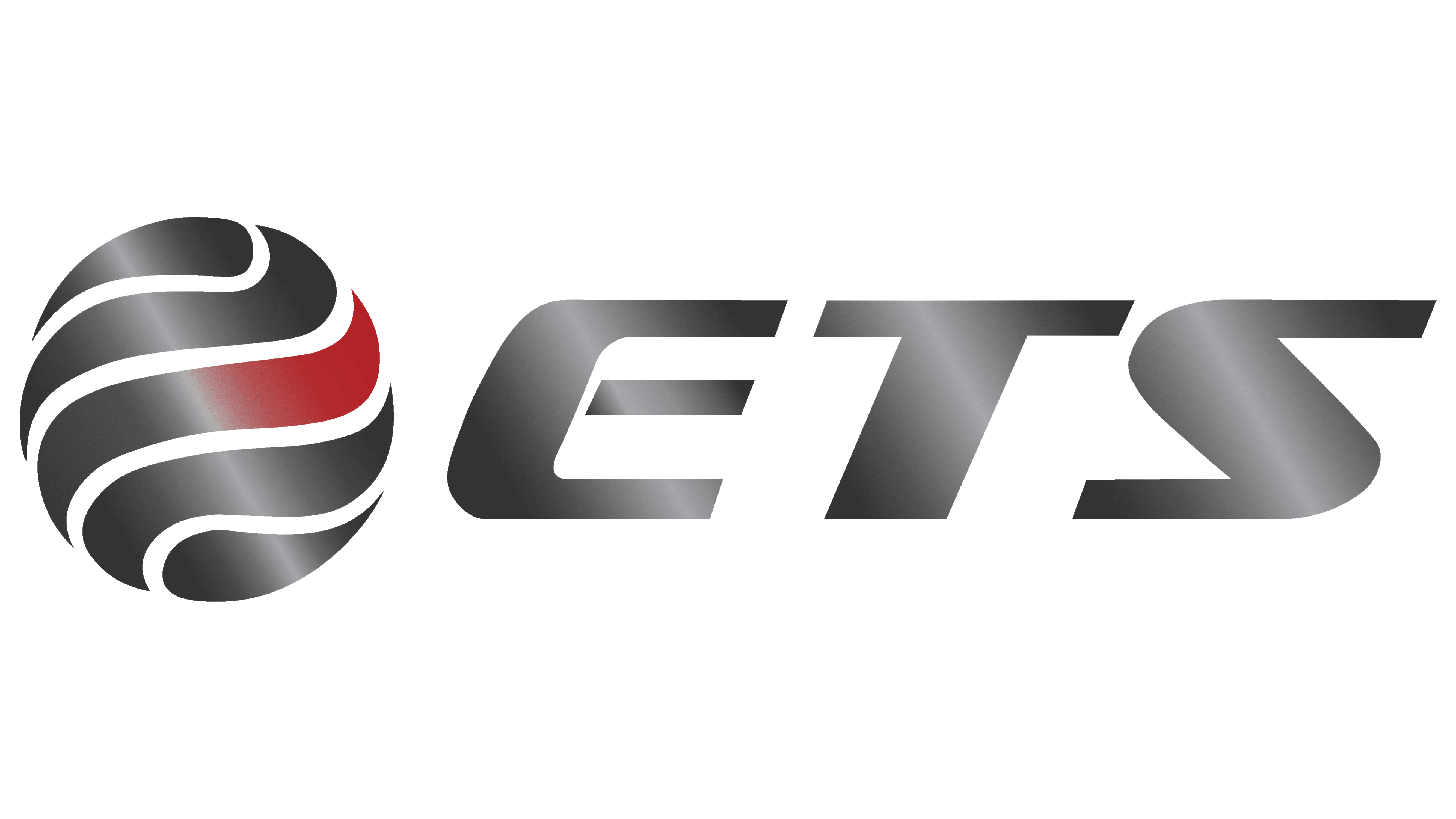Johannesburg, 17 Oct 2019
Businesses often hear that if they don’t implement a digital strategy soon, they’ll fall behind their competitors and eventually become irrelevant.
Why, then, aren’t they replacing or upgrading their legacy technology? For a few reasons: it’s time-consuming and overwhelming, but mostly because they can’t justify the expense involved, especially since IT budgets are already strained.
Gartner predicts that global IT spending will grow by just 0.6% this year, with the majority of spend being allocated to services. Spend in South Africa is expected to increase by 3.9%, also mostly on services.
Here’s the dichotomy: On the one hand, legacy technology still meets current requirements and is critical to business operations. On the other, it complicates digital transformation efforts. There’s also a misperception that digitisation means scrapping existing technology and starting from scratch. It doesn’t.
So how can businesses start to modernise their legacy technology, minus the financial blow?
One way, says Lee Jenkins, CTO at ETS Innovations, is to fold legacy systems into a more modern digital architecture, starting with technology like robotic process automation (RPA) and machine learning (ML) to automate manual tasks.
Old dog, new tricks
“All companies have technical debt and are being slowed down by manual processes,” says Jenkins. “Implementing RPA and ML is one way to help them digitise by automating many of those processes. It will also help them progress in their digital transformation journey and allow them to build strategic plans around legacy system investments.”
He uses an example of an online retailer that promises same-day delivery, which is only possible because much of the ‘in-between stuff’ is automated. If these tasks were manual, and took hours to complete, this level of service would not be possible.
Businesses using legacy technology can benefit from similar time efficiencies using RPA, because it enables them to provide better, faster customer service. They can also squeeze more life out of their legacy systems. While this is not necessarily a good thing because of the risks inherent in ageing infrastructure, says Jenkins, if it makes businesses more efficient in the short term, then sweating their assets can be justified.
Business insights on a budget
RPA mimics human activity, like filling out application forms, to save employees time and effort. It’s a rules-based technology that does what it’s programmed to do – but it can’t learn or make decisions or suggestions.
The real magic happens when RPA is merged with machine learning, says Jenkins. “RPA on its own is just an automated process; there’s no thought or cognitive processes going on. But when you combine RPA with artificial intelligence and machine learning, you take it to the next level. You start getting valuable insights and relevant suggestions from the bots, who learn and teach themselves better ways to do things.”
He refers again to the retailer. An invoice needs to be captured once it arrives at the accounts department. Using optical character recognition, ML can ‘read’ the invoice and enter the data into the finance application.
“Where it gets interesting is ML can check the invoice for other things and make suggestions to the accounts capture clerk for further processing, like assigning loyalty points or discounts to returning customers; checking whether the quantities of items, taken together, make sense (like 10 screws and a hammer); or flagging if the customer potentially forgot to order an item for which they’d have to make a subsequent order (like buying a coffee machine but forgetting the beans).”
Machine learning can also help to uncover potential fraud. It wouldn’t make sense that a doctor ordered an ECG in the context of a flu prognosis, for example.
The point is, the legacy finance system, which is being fed ML information, now has new tricks – detecting fraud and potentially increasing revenue by making product recommendations and offering better service to customers. It’s a massive return on a small investment.
Small steps, big wins
Using RPA and feeding ML data into legacy systems has a number of quick wins for businesses, like:
- Increased accuracy because (bug-free) robots don’t make mistakes;
- Increased efficiency because bots work hundreds of times faster than humans, 24x7, without fatigue;
- Reduced costs, when taking efficiency gains and lower human capital costs into account; and
- A better customer experience because they’re getting the right product at the right price.
“The reality is, the opportunity to integrate old and new technology won’t last forever. Soon, bots will be built into software, so businesses might as well get the most out of their current technology while it’s still viable,” says Jenkins.
The key is to start automating in a small area of the business: Get business buy-in and show improvements, in time and/or money, then roll-out to other areas.
“IT choices made in the past are impacting current business operations. Implementing greenfield systems is often not possible, so existing business applications must be sweated for longer. In doing this, RPA and ML can prolong the longevity of the application, sometimes beyond its reasonable life,” says Jenkins.
“Everybody is trying to do better with what they’ve got. If RPA and ML can keep the longevity going, then they can invest a small amount into new technology but can continue to use their business applications for a lot longer. Keep legacy systems as the foundation but overlay new platforms on top of them. This approach also minimises disruption because modernisation is done in stages, rather than one fell swoop.”
It’s either that, or risk becoming the next Nokia or BlackBerry, he says.
Share
